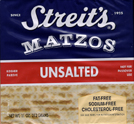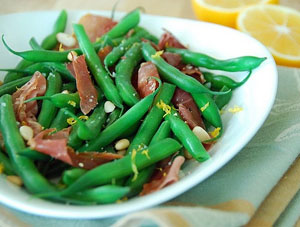 Sometimes I wonder if I'm truly an American. I mean, I have never eaten a peanut butter and jelly sandwich on white bread, I have never eaten at Taco Bell, and despite its nearly iconic status in American cuisine, I cannot abide green bean casserole. You know the one – green beans with cream of mushroom soup, topped with crispy fried onions.
Sometimes I wonder if I'm truly an American. I mean, I have never eaten a peanut butter and jelly sandwich on white bread, I have never eaten at Taco Bell, and despite its nearly iconic status in American cuisine, I cannot abide green bean casserole. You know the one – green beans with cream of mushroom soup, topped with crispy fried onions.
Growing up, I never knew what a casserole was; my mom (and grandmother) never made them. After hearing about green bean casserole from friends at school, I felt like I was missing out – I told my mom, "It has fried onions on top! It's like green beans with Funyuns!" The next day she bought the ingredients for green bean casserole; I couldn't have been happier.
Unfortunately, she made the green bean casserole in front of my grandmother, Nan. I still remember her look of shock when my mom opened the can of fried onions. "Onions in a can? Who ever heard of such a thing? And who puts soup on string beans?" she said, "Bah, that's American food." I reminded her, "Nan, we are American." "Yeah," she replied, "but we cook Italian."
Despite Nan's protests, I got my green bean casserole. I was giddy with anticipation. Unfortunately, with the first bite, my giddiness ended. Green bean casserole was nothing more than mushy green beans topped with salty soup and greasy onions.

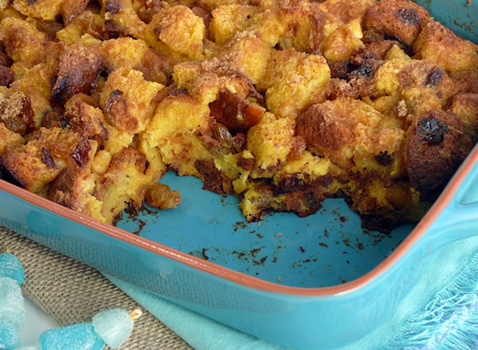 Is everyone familiar with panettone, a sweet, Italian bread loaf, full of candied orange peel and raisins? It comes in a very tall, lofty box we only see at holiday time.
Is everyone familiar with panettone, a sweet, Italian bread loaf, full of candied orange peel and raisins? It comes in a very tall, lofty box we only see at holiday time. 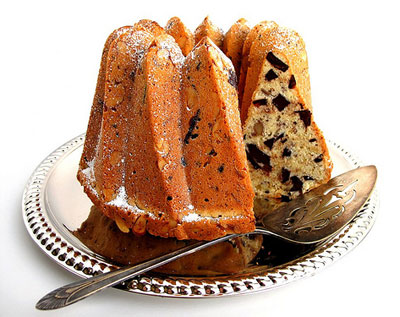 This new year I'm going along with my resolution to get good luck, which involves eating a number of different good luck foods. Lentils, beans, greens and round cakes are all on the menu. Ring cakes are a classic dessert for celebrating the new year, especially in Europe. The ring shape is believe to bring luck, wealth, and prosperity. There are many cakes that fit that mold, like Bundts and Kugelhopfs.
This new year I'm going along with my resolution to get good luck, which involves eating a number of different good luck foods. Lentils, beans, greens and round cakes are all on the menu. Ring cakes are a classic dessert for celebrating the new year, especially in Europe. The ring shape is believe to bring luck, wealth, and prosperity. There are many cakes that fit that mold, like Bundts and Kugelhopfs.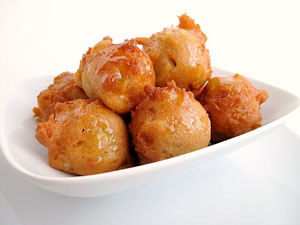 Homemade, doughnuts and fritters are the absolute best. They far surpass any "donut" shop doughnuts. When I'm in the mood for doughnuts but don't have the patience to wait for dough to rise, I like to make fritters. They fulfill my craving as fast as I can fry them. Their crispy fried exterior and fluffy interior are what make them a favorite sweet treat for many people. A batch of fritters is very easy to put together and they are great for any occasion. But they make a special treat for Hanukkah, which is celebrated with fried foods like
Homemade, doughnuts and fritters are the absolute best. They far surpass any "donut" shop doughnuts. When I'm in the mood for doughnuts but don't have the patience to wait for dough to rise, I like to make fritters. They fulfill my craving as fast as I can fry them. Their crispy fried exterior and fluffy interior are what make them a favorite sweet treat for many people. A batch of fritters is very easy to put together and they are great for any occasion. But they make a special treat for Hanukkah, which is celebrated with fried foods like 